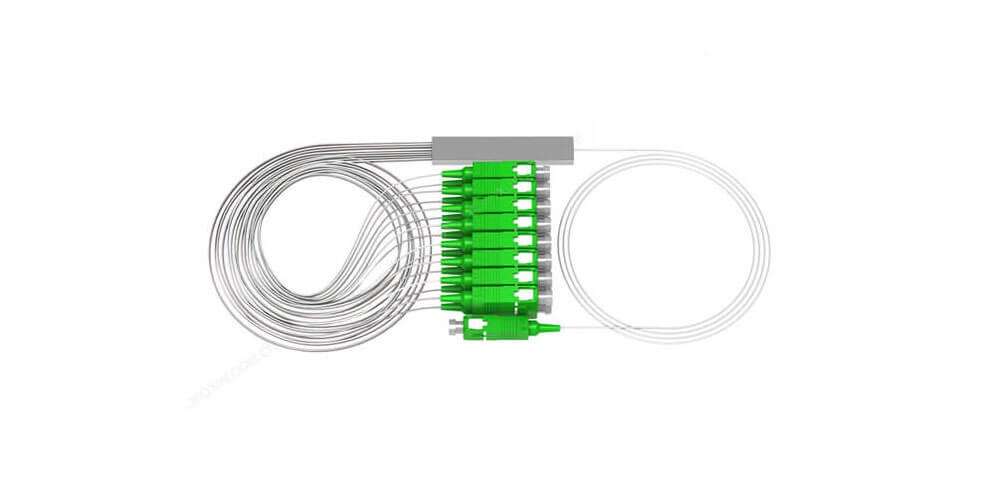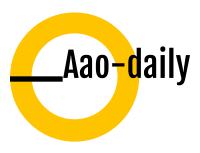At shiningfiber, the management knows a lot about fiber optic cables’ applications and how to build equipment coupled with software in generating optical transmission. Even so, there is often the other side to things that must be considered- the physical fiber optic cable.
1. Fiber optic cables and IT projects
Fiber optic cables and their use in transmission have been around for over 60 years. It is one of the ideal choices for several IT projects. It can be invaluable for the following technical project you are thinking of involving yourself in. In case you are an internet service offeror and need to provide customers with Ethernet access, that could also be an ideal choice.
2. The Use of Fiber Optics in IT
A fiber optic cable has an optical fiber. The element is thin but can carry significant amounts of information from one side to the other. Computer networking, being a common fiber optics application, is appended that optical fibers can transmit data while providing a high bandwidth level.
Also, fiber optics is often used in electronics to offer better connections coupled with performance. Cable television is one of the most pronounced uses of fiber optics. Fiber optics may be installed to also issue support to long-distance connections found between various computer networks. That is usually in a variety of locations. So why fiber optic cables and not copper?
3. Significant Reach
Fiber optic cables should be your ideal choice if you aspire to send signals over a great distance. On the other hand, copper would be a better choice if you want to send signals to 100 meters.
Then, there are single-mode fiber cables that can transfer data to 20 miles. Besides, fiber optic cables carry data with little to no attenuation and signal loss. That is about 4% for every 100 meters compared to copper, which can lose more than 90% over that same distance.
4. Enhanced Security
Your information is secure with fiber optics because they do not carry any form of electric signals. Consequently, it is impossible to tap into the materials. If a cable happens to be compromised, the damage can be detected by assessing the power transmission.
On the other hand, copper can easily be tapped. That may impact internet speed while destroying or slowing down your network.
5. New Technology Advent
Network devices needing more bandwidth and higher speeds, connectivity, including digital signage, make fiber optics an obvious choice for people who provide telecommunications. Because fiber optics transmit several modes of light, it finds a way into various residential areas in different cities. On the other hand, copper is used for networks that need a smaller bandwidth.
Final Thoughts
Fiber optic cables happen to be narrow. Often measured in microns, they can transmit data and information at higher speeds compared to copper. The cables need protective sheathing to thicken them up to about 2 millimeters. IT professionals prefer fiber optic cables to copper because they can transfer light to significant distances too.

